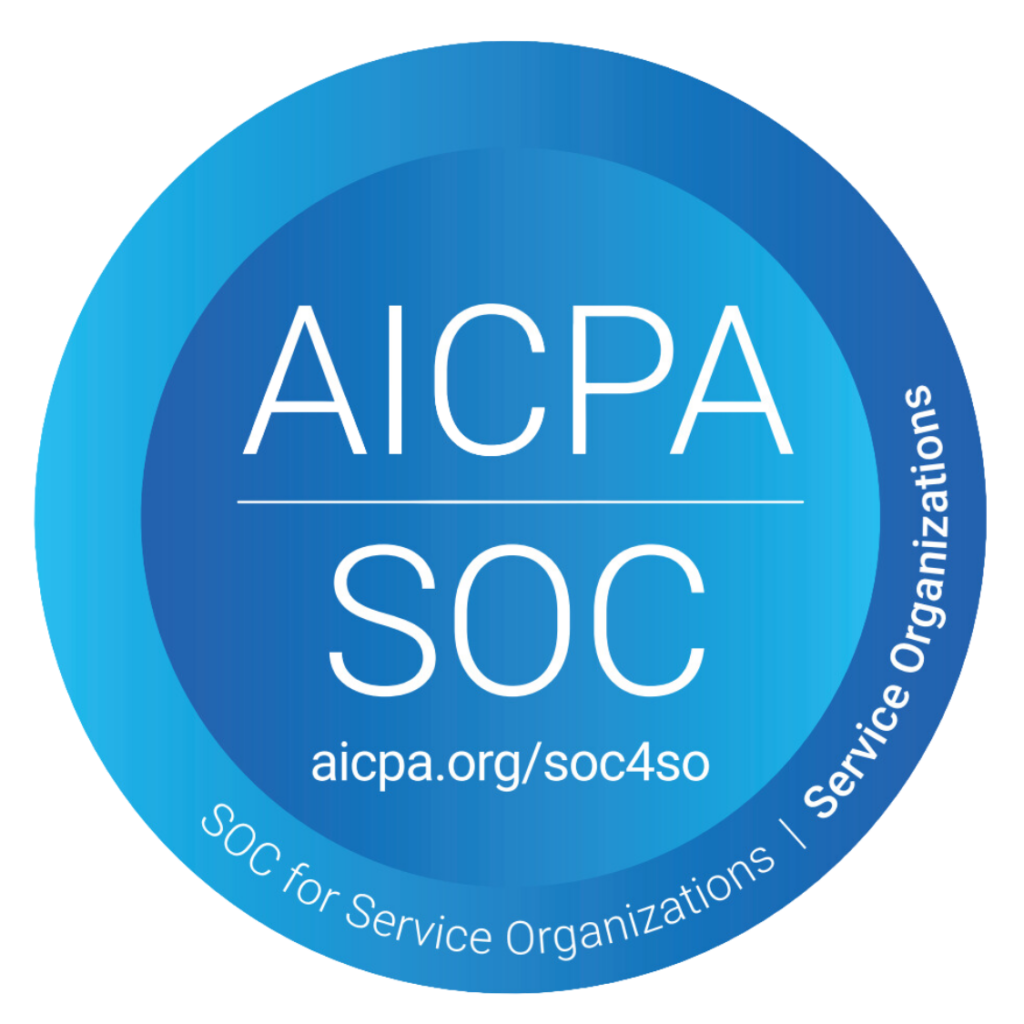With healthcare costs increasing year after year, many businesses are searching for strategies to maximize sustainability and affordability for the company and its employees. Prescription drug spending is expected to remain one of the fastest-growing categories of health expenditure in the U.S., making it vital for employers and other plan sponsors to have maximum oversight of their pharmacy benefits. One important cost-containment factor is utilizing a carved-in or carved-out pharmacy arrangement. In this blog, we’ll dive into the specifics of both options and why we believe that a carved-out pharmacy plan can be crucial in optimizing healthcare benefits.
Carved-In
Self-Insured employers can manage their pharmacy benefits in one of two ways. The first is utilizing a carved-in pharmacy plan. In this arrangement, the pharmacy plan is “carved in” or bundled with the medical benefits, generally run by a large health plan, such as Blue Cross, United Healthcare, Cigna, or Aetna.
Pros and Cons (But Mostly Cons)
In this scenario, the employer contracts directly with the medical health plan vendor. As a result, it has no direct relationship with the PBM and minimal oversight of the pharmacy portion of its benefit plan. This also means that employers in this arrangement are generally unaware of contract specifics, such as pricing and rebate terms, discount information, and language surrounding exclusions and drug classification. This combined pharmacy and medical contract allows for limited transparency and audit rights. In addition, carved-in pharmacy arrangements offer minimal customization and flexibility, meaning that the employer is essentially left at the mercy of what the health plan vendor thinks is “best” for their employees’ pharmacy benefits.
Employers who utilize a carved-in benefits plan to pay a monthly amount for what their employees are “expected” to cost. This number is almost always higher than the actual cost of the pharmacy claims, and the health plan vendor pockets the excess. If the plan cost exceeds the expected price, the health plan vendor increases the anticipated amount for the next year to make up for their losses. Although this option may seem attractive at the surface due to its simplicity in management and administration, at the end of the day, the employer almost always pays more than the actual cost accrued by their employees.
Carved-Out
The second option for managing pharmacy benefits is utilizing a carved-out pharmacy plan. In this arrangement, the pharmacy plan is “carved out” or separated from the medical benefits, and the employer contracts directly with a PBM vendor to administer its pharmacy benefits program.
Pros and Cons (But Mostly Pros)
This option gives plan sponsors complete insight and control over their pharmacy benefits program. This includes having access to drug claims and other data, auditing rights, and overall visibility into their pharmacy contract. Employers and other plan sponsors can analyze and customize factors such as standard clinical savings opportunities, which can drastically aid in reducing overall plan spending for both the pharmacy and medical portions of a company’s benefits plan. For example, MaxCare’s enhanced clinical solutions save an average of 40% of overall plan spend (5% from the MaxChoice Reference Based Pricing Program, 25% from MaxProtect Copay Assistance Program, and 10% from MaxCare’s Standard Clinical Program). Additional solutions that can be considered include copay assistance, alternate funding, and reference-based pricing for generic medications.
Carving out a prescription drug program can be critical to optimizing employee health plans. In addition, carved-out pharmacy arrangements offer far more transparency than carved-in arrangements. Employers utilizing this program pay on a claim-by-claim basis instead of an upfront monthly total for what the plan “expects” to pay. In fact, after moving from a carved-in to a carved-out arrangement, employers have frequently seen an average of 25% reduction in their pharmacy spending for the first year. There’s a reason that over 90% of Fortune 100 companies utilize a carved-out pharmacy arrangement!



